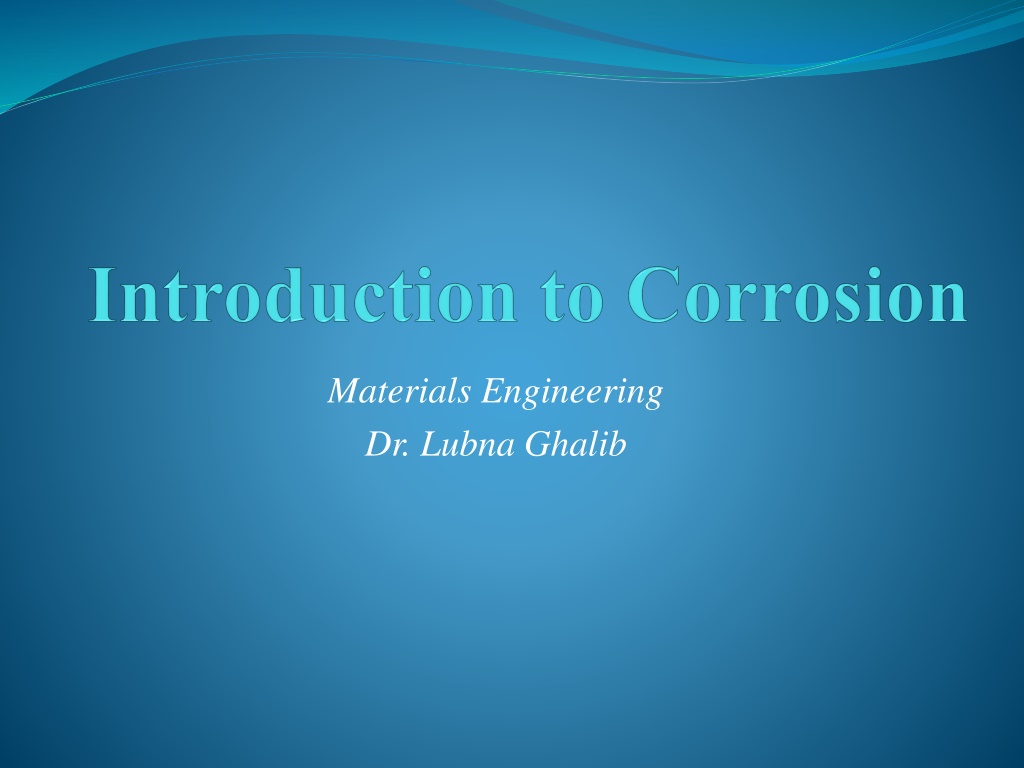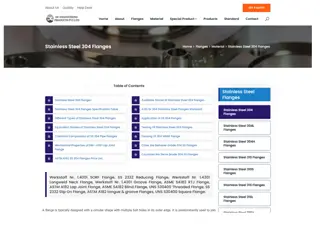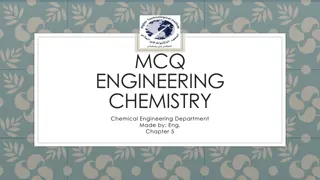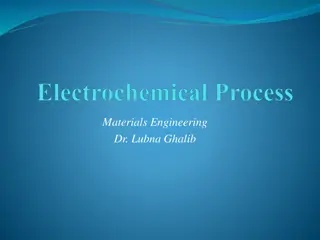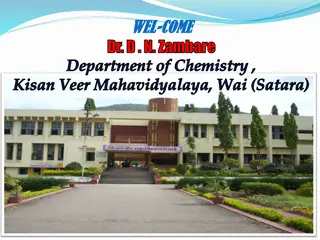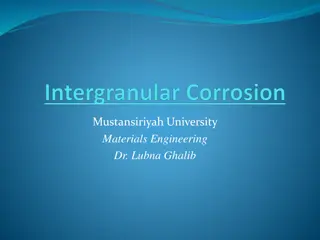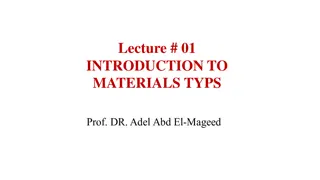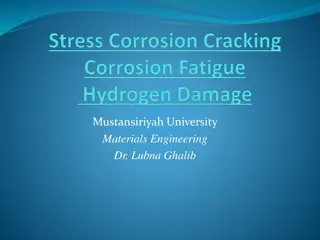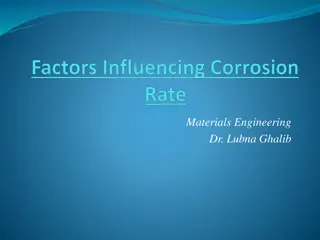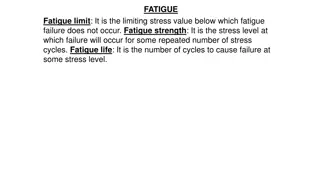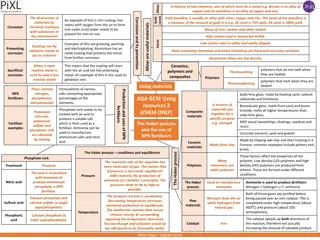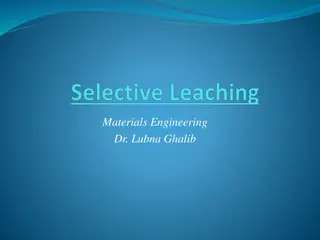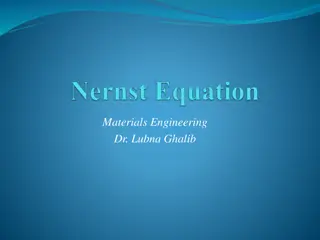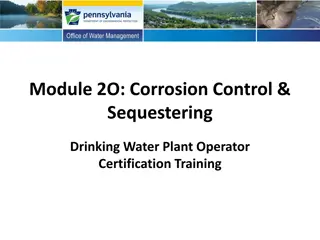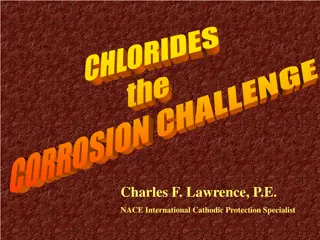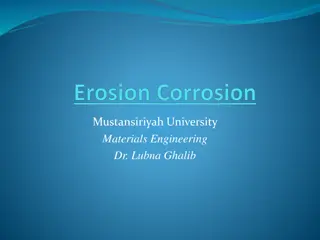Understanding Corrosion in Materials Engineering
Corrosion in materials engineering refers to the degradation of materials due to interactions with their environment, leading to property deterioration. This phenomenon affects various materials like metals, ceramics, plastics, and rubber, highlighting the importance of studying corrosion for societal safety, cost considerations, material conservation, and the complex nature of the process. Rusting, a common type of corrosion affecting iron and steel, is a well-known example of this destructive process.
Download Presentation

Please find below an Image/Link to download the presentation.
The content on the website is provided AS IS for your information and personal use only. It may not be sold, licensed, or shared on other websites without obtaining consent from the author. Download presentation by click this link. If you encounter any issues during the download, it is possible that the publisher has removed the file from their server.
E N D
Presentation Transcript
Materials Engineering Dr. Lubna Ghalib
Definition: Destruction or deterioration of a material due to their reaction or chemical attack by its environment. Materials may be metals & alloys or non-metals like ceramics, plastics, rubber. Environments may be gaseous, liquid, or solid. The deterioration of a material or its properties due to a reaction of that material with its chemical and physical environment. Examples: Corrosion of metal reverse extractive metallurgy. Degradation of ceramic refractory: chemically attacked at high temperature by molten salts. Degradation of organic polymer: chemical attack of organic solvents. Dimensions or property changes by water absorption, oxygen and ultraviolet radiation.
What is Corrosion : Corrosion is a general term used to describe various interactions between a material and its environment leading to degradation in the material properties. The word corrosion is as old as the earth, but it has been known by different names. Corrosion refers to the degradation of metal by its environment other materials such as plastics, concrete, ceramics and composite materials all undergo deterioration when placed in some environment.
What is Corrosion : Corrosion is known commonly as rust, an undesirable phenomena which destroys the luster and beauty of objects and shortens their life. The word rusting applies to the corrosion of iron and plain carbon steel. Rust is a hydrated ferric oxide which appears in familiar color of red or dark brown see Figure 1. Thus, steel rusts (and corrodes), but non-ferrous metals such as aluminum, copper, and zinc corrode (but do not rust). Figure 1: An example of red rust showing the corrosion of a ship near the waterline.
Why study Corrosion: There are four main reasons to study corrosion. Three of these reasons are based on societal issues regarding (i) human life and safety, (ii) the cost of corrosion, and (iii) conservation of materials. The fourth reason is that corrosion is inherently a difficult phenomenon to understand, and its study is in itself a challenging and interesting pursuit.
